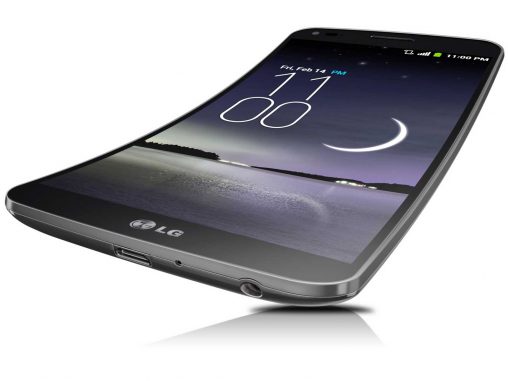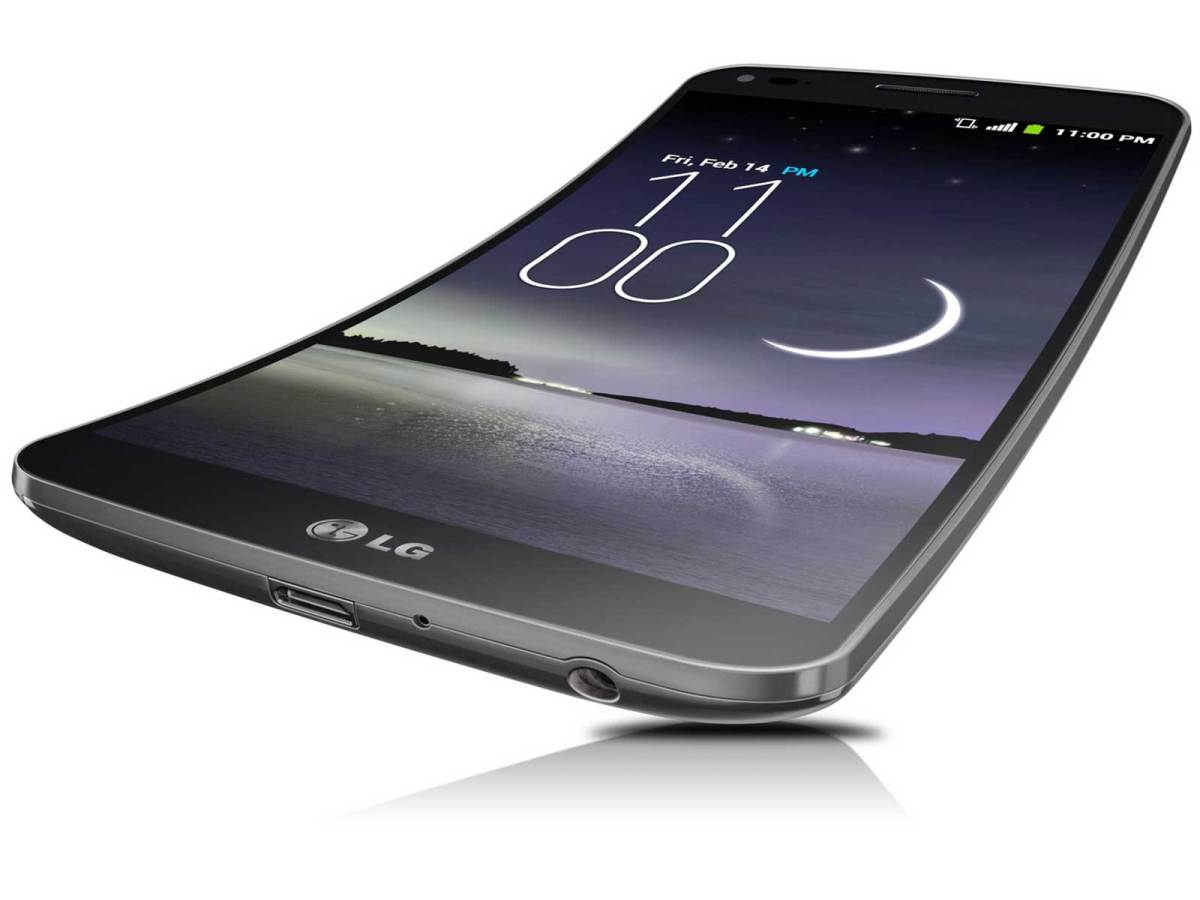This author is on Twitter: @Patrickavenell

The technical term for it is ‘ogee’ but it is known to artists, architects and romantics as ‘the line of beauty’. Imagine a perfect circle cut into two arcs at the diameter, one end of the half circle joined to the opposing link to create an ‘S’ shape. This curve so aesthetically appealing it has been used as a staple of design, decorating, construction and even a Booker Prize winning novel by Alan Hollinghurst.
Curves have been used to inject a visual grace and streamlined quality into utilitarian tools since antiquity. Before the mathematical nature of curves was mapped out by Euclid in 300 BC, they were already a fascination for the ancients, appearing in ornate Middle Eastern wall carvings, Megalithic stone art from prehistoric Europe and, of course, the beautiful archways that have remained popular, both functionally and as monuments for over four thousand years.
In modern times, curves retain a special place in our visual psychology. EH Lockwood attempted explain our “aesthetic pleasure” with these serpentine movements in 1961’s A Book of Curves, exploring the relationships between the shapes — parabolas, ellipses, and hyperbolas — and their mathematical formula.
As an adjective, ‘curvy’ has come to mean ‘buxom’ and implies a saucy, sexy beauty, one that challenges the viewer and cannot be contained. It is no surprise, therefore, that an international women’s fitness club has taken ‘Curves’ as its name or that leading American designer Jonathan Adler named his latest masterpiece, a multi-curved seat that pleads with you to rest, after French beauty Brigitte Bardot.
The curved form factor is emerging as a major trend in consumer electronics and was strongly in fashion at the 2014 International CES. The flexibility of OLED technology enables touchscreens and large displays to bend at a focal point to create curves. While not as pronounced as an ocean wave, an autumn or a teardrop, these curves are certainly more pronounced than what was widely expected when the concept of a curved OLED panel was first floated in the early 2000s.
Control over the curvature will be a major selling point of this technology, lest it fall into the realm of novelty. Samsung and LG both unveiled prototype OLED TVs that start flat and then curve inwards, as though the edge of the bezel were being attracted to a magnet, at the touch of a button on the remote control. This ability to flick between curved and flat will alleviate concerns that the curved panel is not convenient for casual viewing, such as when watching from an angle while ironing or cooking.
In mobility categories, the appeal of a curve in smartphones and tablets has functional advantages to go with the aesthetic qualities. A smartphone that matches the contour of the face and hand will be more comfortable to use, while a tablet that can nestle between the elbow and the wrist would be great for active users. A main obstacle in achieving this has been the development of curved components and, especially, a curved battery. LG solved this problem and were able to debut the G Flex smartphone at the CES.
Lambro Skropidis, general manager marketing at LG Australia, said curved technology demonstrated how the company was placing the consumer, more and more, at the centre of product development.
“It goes to the heart of trying to build a better product,” he said. “At LG, We talk about designs that are human-centric rather than what’s efficient for a product line to make. At the high-end, let’s give the customer what they want with how they behave in mind.
“I think you’re going to see this move across the industry in a number of different categories, like smartphones, monitors, TVs, anything that incorporates a display.”

